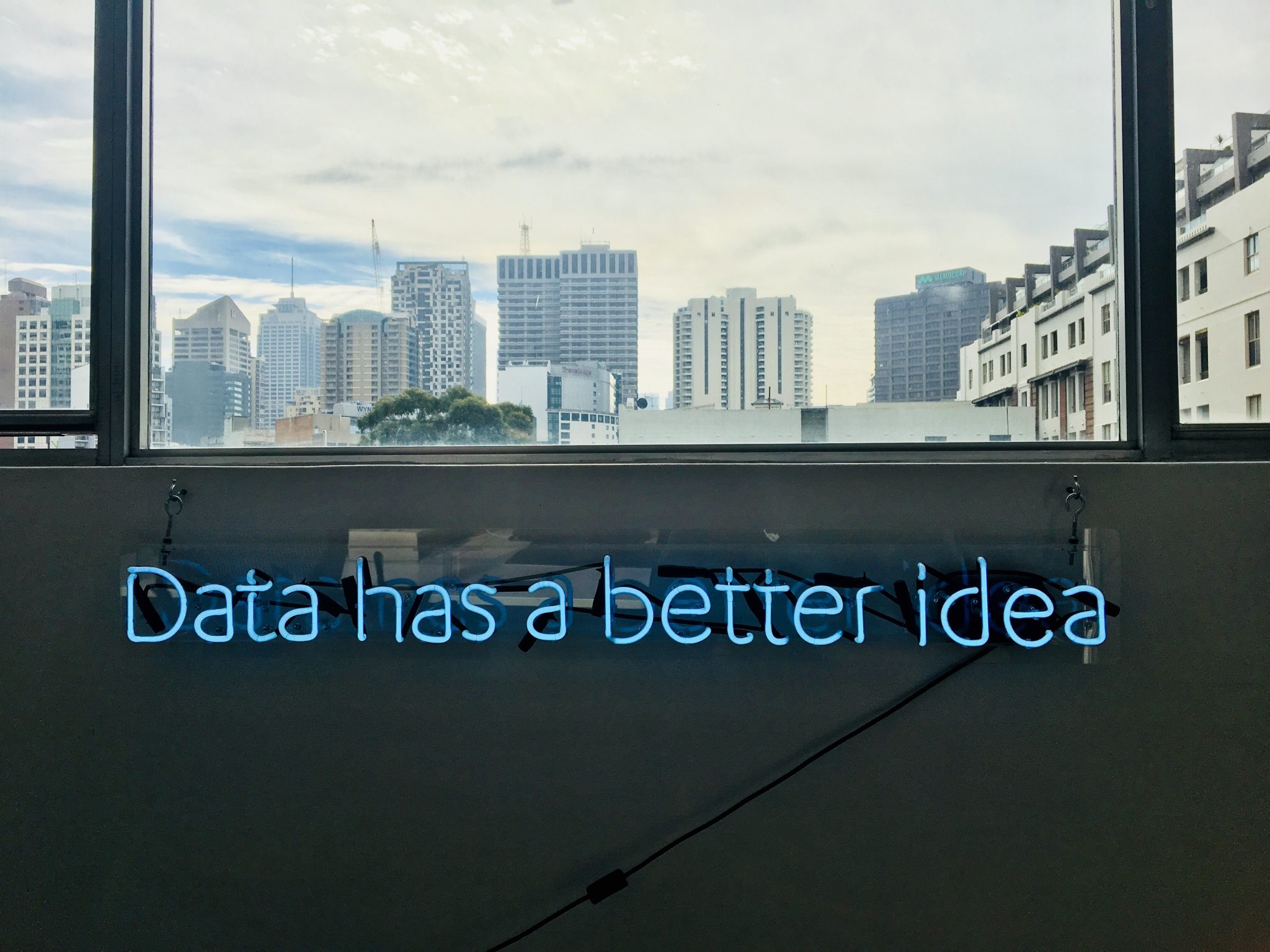Gentrification occurs when a population is displaced by another population with greater purchasing power.
Despite the signs, such as the increase in rental prices, it is usually evident when the damage is already done.
A group of scientists has developed a method with Google Street View images to detect gentrification in time
The displacement of a resident population by another of greater purchasing power is what is known as gentrification, a concept that has now expanded its meaning in the face of the complexity of factors that may intervene in this displacement, such as the proliferation of tourist flats.
It usually happens gradually
Houses that are thrown down to build better ones, rents go up, stores of a lifetime are replaced by local hipster.
In spite of the symptoms, by the time what has happened is evident it is usually too late and the area has increased its purchasing power to cost to expel its former residents.
However, what if gentrification could be detected at the same time it is occurring? A team of scientists from the University of Ottawa has done just that, teaching Artificial Intelligence to recognize and detect gentrification signals in images collected by Google Street View.
Google Maps and Michael Sawada
In the study published in PLOS One, the team explains that they focused on a very specific gentrification symptom: the increase in the value of a property through its renewal. Artificial intelligence recognized this phenomenon in images of more than a decade and correctly recognized two areas where gentrification had already occurred in the region. Likewise, it revealed others where it was being produced and had not yet been detected, as explained by the principal investigator, Michael Sawada in Science Friday.
Accessible information for (almost) all
“We create detailed maps of what is happening,” explains the scientist. The idea is that administrations can count on this information to make decisions about the process in advance.
However, the data is a double-edged sword. Sawada explains that Google has changed its policy regarding the cession of images from Google Street View and, when previously allowed to use 20,000 free images per day, now allows to collect that same amount per month.
If you want more, you have to pay. The scientist complains that normally the investigations do not have such a high budget. But there are those who do have him and Sawada is concerned that the real estate sector can use that information to gain a competitive advantage, as he has shared in the radio program.

